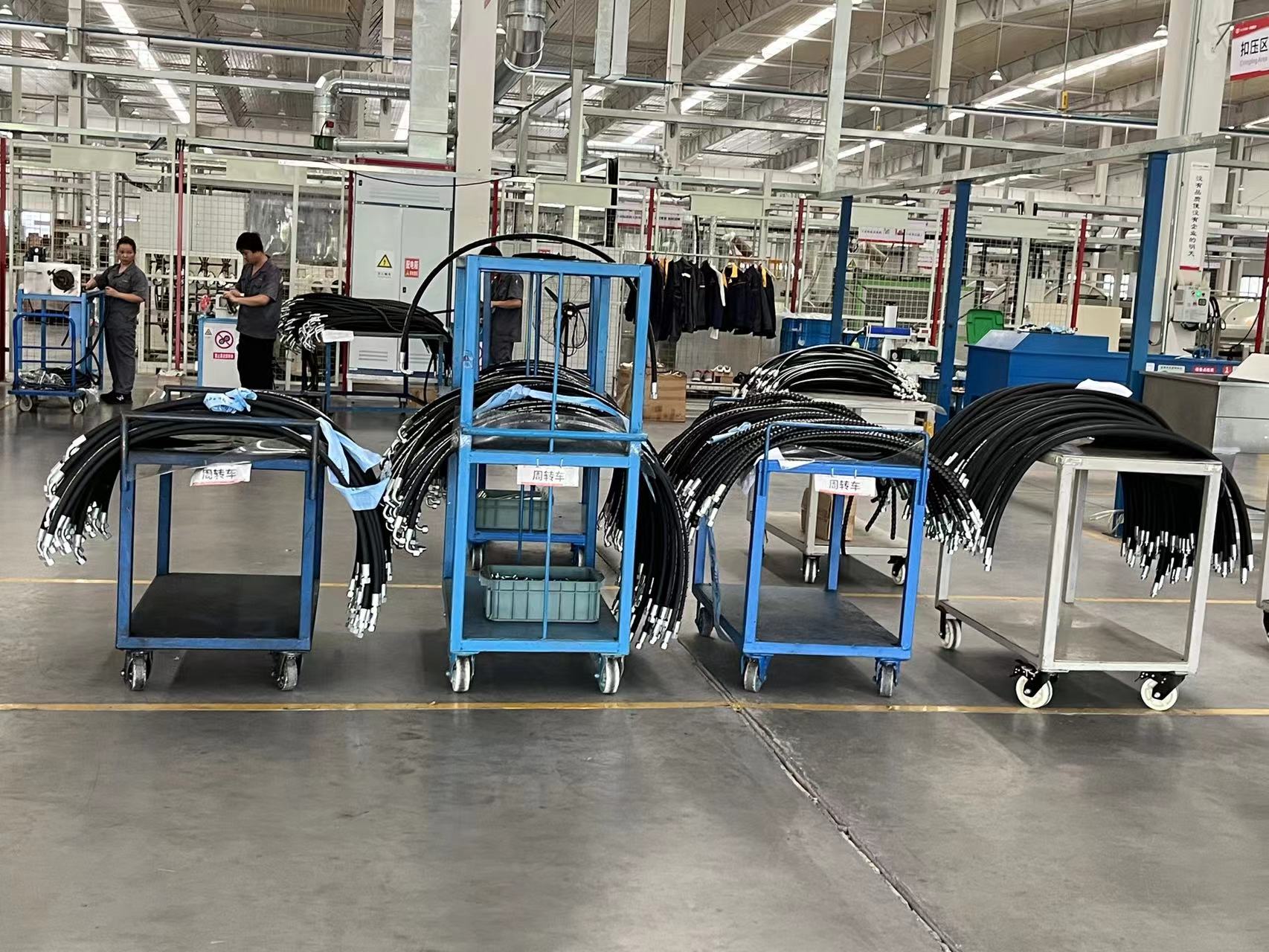How to Choose the Right Wire Wound Hose for Your Application
2022-08-24 11:06:45
For a variety applications, wire wound hoses are a great choice. This type of hose has a braided inner tube and a metal outer. This material offers maximum flexibility and protects the metalhose from abrasion. The wires in the hose can be joined together using soldering, welding or bonding methods. This type of hose is often called a basket weave or two over two under braiding.
Hose with Wire Wound
A wire-wound hose is a flexible material used in petroleum systems. Its properties make it suitable for use in high-pressure and high-temperature environments. There are a few notes about wire wound hose. For example, the wire braid should not be less than the bending radius of the hose, as this will lead to early damage. Here are some tips to choose the wire-wound hose that is right for your application.
There are three basic types of wire-wound hose. The first is the basic type, which is also called the "Spiral Wire Wound Hose." This type is made up of synthetic rubber and is used in heavy mobile equipment. Multi-spiral hoses have four layers of high-tensile wire, separated by a synthetic rubber fabric. The wire-wound nylon hose is covered with synthetic rubber, which makes it flexible and durable. It has excellent tensile and high-temperature resistance.
Multilayer wire wound hose
The Multilayer wire wound rubber hose is more durable than traditional rubber hoses and can withstand extreme weather conditions. In addition, it is lightweight and easy to move. These hoses are made of PVC and polyester fiber composite materials and are designed with corrosion-resistant features. The multilayer hose is also fatigue-free and kink-proof. It can be used in applications that require high pressure and high-pressure flow.
The helically wrapped wire bundles are alternately layered over the hose. The resulting tubular braid is often reinforced with fittings and has a crisscross pattern. Multilayer wire wound hose is subject to various production-related tests. These include incoming material testing, dimension analysis, and leakage test. Varying the wall thickness of the hose can affect pressure resistance and bending capacity.
High pressure wire wound hose
High pressure wire wound hose's basic design is a spiral-woven hose with multiple sets helically wrapped metal. This hose is extremely strong and rigid. High pressure wire wound hose is less flexible than braided hose but offers superior resistance to bending. This type of hose is required for large diameter high pressure applications. Spiral wound hoses are also suitable for high pressure gas applications, where the hose diameter does not allow for flexing.
Elastomer is used as the core of the hose. The core is wrapped in a spiral arrangement with the reinforcing wires and cables. Each reinforcing cable or wire is wound by being twisted into a cable shape. As each reinforcing ply is added to the hose, the overall strength is increased. Brass-plated reinforcing wires are common.